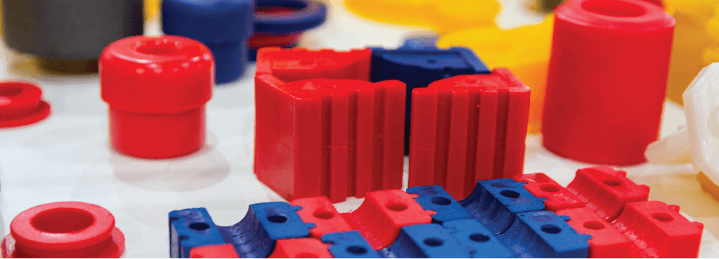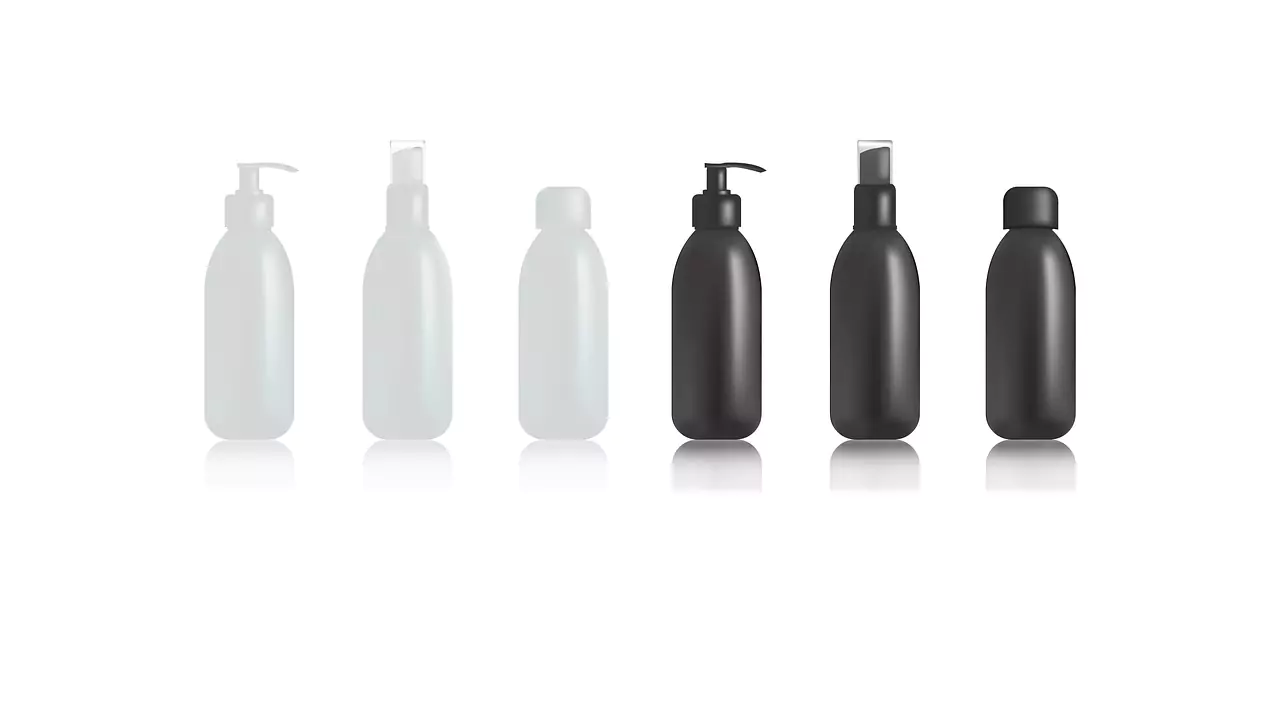Plastic products are found everywhere and are the most common part of our daily life. They are so common that we have never really thought about how plastic products are made or what the methods of forming plastics are. This is the reason why we are bringing to you the best and the most popular ways of forming plastics used by plastic manufacturers on commercial, industrial, and domestic levels too. In this article, you will find all the important things you wanted to learn about the creation of plastic products.
5 Ways of Forming Plastics:
1. Plastic Injection Molding PIM
More than 75% of products that we use every day are made through plastic injection molding. The plastic injection molding process mainly contains two plates for the production of plastic products. One plate contains a core side, and the other includes a cavity. The plates are made out of steel, metal, or aluminum.
This mold makes sure that the products are made smoothly without any uneven edges. The molding machine melts the plastic pellets and then inject them in the molds for them to take the shape of the mold. Great pressure is applied to the plastic, and once it takes form, it is ejected from the molds to cool down and to hit the markets. The best thing about plastic design services is that many similar parts are made within a few hours with perfect quality and best material. We see the best form of engineering in the plastic injection molding machines.
2. ROTO Rotational Molding
This machine is somewhat similar to the plastic injection molding machine as it also has the cavity and the core plates, but the process of manufacturing is different. In rotational molding, plastic powder instead of molten plastic is poured into the plate’s cavity and is then placed on the heat for the plastic to melt. For the plastic to properly melt, the molds are rotated on their axes slowly.
Gravity helps in sticking the plastic to the walls of the molds and in creating correct thickness. Once the plastic is completely molten then it forms into the shape of the product. The mold is removed from the heat and then cooled to avoid any mishaps. The cooling can take several minutes, and after it is cooled, the mold is opened for the next steps. The rotational method uses a plastic forming machine ideal for creating large and hollow products that are used for commercial and industrial purposes.
3. Blow Extrusion Molding
This method is the most common when it comes to creating inexpensive, disposable, and low-quality bottles like water bottles, shampoo bottles, glasses, milk bottles, juice bottles, etc. This method is faster and easier compared to other methods. However, the injection molded parts made with this method are not made precisely as a person wants, and they are also not complex in design.
In this process, a drop of molten plastic called parison is placed on one side of the clamshell mold and after that mold is closed, the drop inflates into the empty cavity like a balloon in the shape of the product. The plastic quickly solidifies because the walls of the mold are water-cooled.
4. Blow Injection Molding
This method is similar to the blow extrusion molding method but with a slight difference. During the blow injection molding, gas is applied with force to the molten plastic or resin into the cavity of the mold. In this method, the products are easily controlled. It is used to create plastic water or other drinking bottles.
This method is ideal and provides the perfect quality of bottles, but it is not ideal for thin plastic bottles. In this method, polyethylene terephthalate PET or polyether ether ketone PEEK is used to create the products. These types of resin/plastic are used because of their ability to provide a clear surface and also because they are safe for human consumption. Such plastic forming at home is not possible because it requires big machinery.
5. Reaction Injection Molding RIM
This method is generally used in the automobile industry because it creates lightweight yet strong custom made plastics. The pieces are so rigid that they can easily be painted to be put in various parts of the vehicles like on the panels or in the dashboards. However, this process doesn’t work with thermoforming plastic vacuum forming.
In this method, the plastic undergoes a chemical reaction after it is injected into the mold. This process makes the plastic expand like foam. When the chemical reaction is over, the plastic takes its final form and is taken out of the mold to cool down. This method is less costly but yields the best quality plastic products and is ideal for the automobile industry.
Hopefully, these five methods and ways of forming plastics aside from modern sustainable methods as mentioned in the link would serve as an opportunity to learn about plastic forming because plastic is an important and evident part of our lives. We can say this with surety because more than 300 million tons of plastic products are made and discarded every year. You can also check out this separate methods of forming plastics article for further information.




